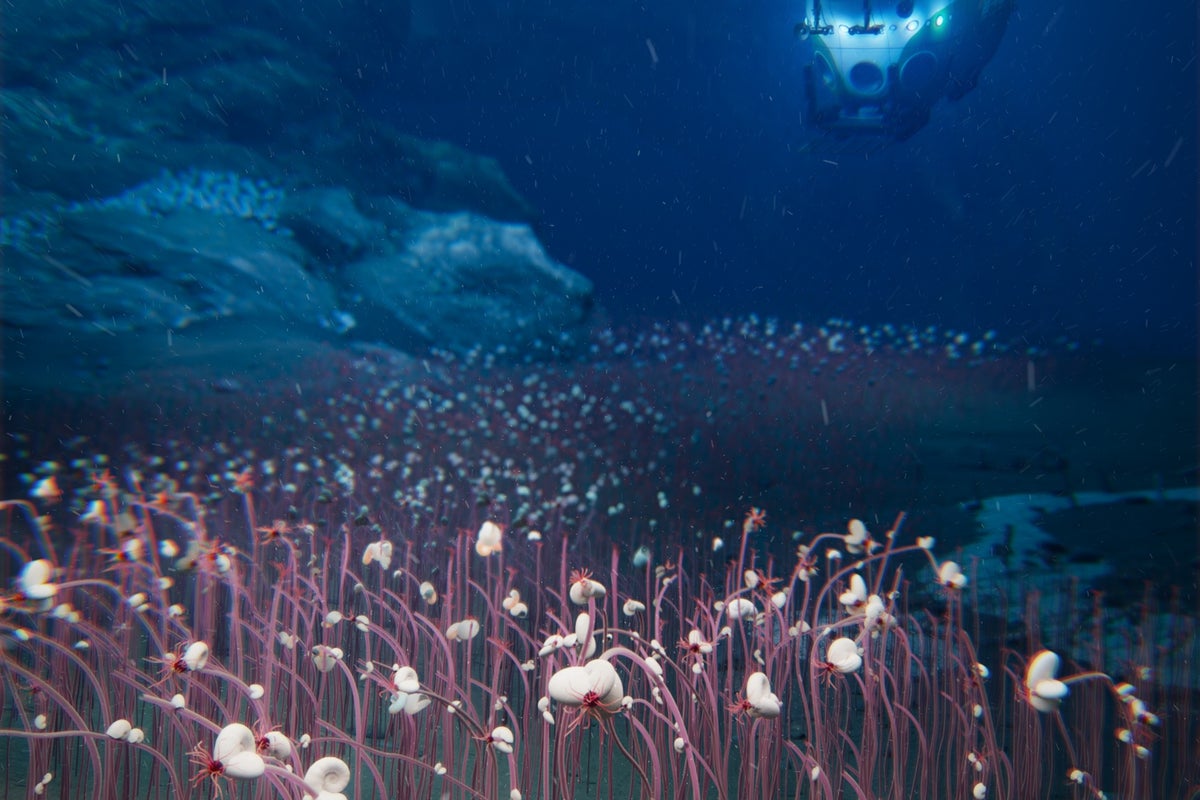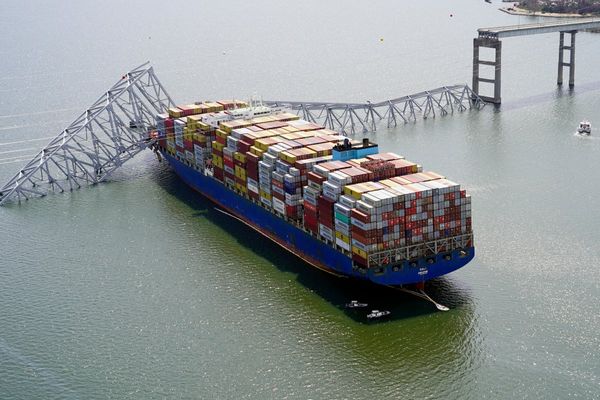
Strange animals found at the bottom of the ocean challenge our current understanding of life, scientists have said.
Researchers diving almost 10,000 meters deep into the Pacific Ocean found tube worms and molluscs that get their energy from chemical reactions, they say.
That suggests that life is able to prosper in more extreme environments than we realised, researchers say – and there could be many more such strange animals waiting to be found.
Some researchers have even suggested that studying life that thrives in such extreme environments could help us understand where and how alien life might be found elsewhere in the universe.
When organisms live in extreme environments, they must find different ways to produce energy. Some of them use chemosynthesis, which gather their energy from chemical reactions rather than the light-based photosynthesis that supports the life we see around us.
Many of those chemosynthesis-based communities can be found deep under the sea, thriving on the hydrogen sulfide and methane that seep up from the floor.
Researchers have now found such life deep in the ocean, after an expedition that saw them climb into a submersible and examine 2,500 kilometres of trenches in the northwest Pacific.







